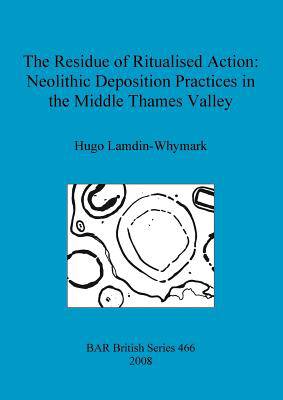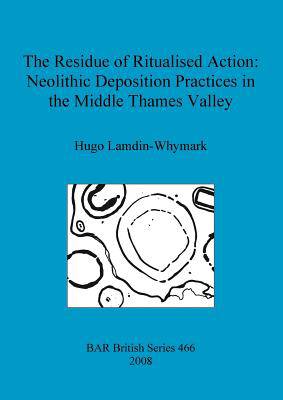
- Afhalen na 1 uur in een winkel met voorraad
- Gratis thuislevering in België vanaf € 30
- Ruim aanbod met 7 miljoen producten
- Afhalen na 1 uur in een winkel met voorraad
- Gratis thuislevering in België vanaf € 30
- Ruim aanbod met 7 miljoen producten
The Residue of Ritualised Action
Neolithic Deposition Practices in the Middle Thames Valley
Hugo Lamdin-WhymarkOmschrijving
This study characterises deposition practices in the Middle Thames Valley (England) from the late Mesolithic to early Bronze Age. All available in situ contexts of deposition are considered, such as pits, tree-throw holes, middens, rivers and various monument forms. The study highlights variations in the formality of deposition within contemporary contexts and considers how this relates to ritual activity. Developments in deposition practices are also considered through time from the late Mesolithic to early Bronze Age and processes of ritualisation are explored. This contextual analysis is used as a basis to explore several pertinent issues in Neolithic studies. Deposition practices are used to explore chronological changes in the temporal rhythms of occupation and economy and also variation and developments in funerary and mortuary activity. The use and perception of landscapes in the Middle Thames Valley during the Neolithic are also considered and distinct conceptual changes in relation to these landscapes are highlighted. Deposition practices in the Middle Thames Valley are contrasted with surrounding regions to demonstrate distinct regional patterns. It is argued that differences in deposition practices reflect how aspects of the environment were perceived and the role they held in achieving social reproduction.
Specificaties
Betrokkenen
- Auteur(s):
- Uitgeverij:
Inhoud
- Aantal bladzijden:
- 254
- Taal:
- Engels
- Reeks:
- Reeksnummer:
- nr. 466
Eigenschappen
- Productcode (EAN):
- 9781407303239
- Verschijningsdatum:
- 31/12/2008
- Uitvoering:
- Paperback
- Formaat:
- Trade paperback (VS)
- Afmetingen:
- 210 mm x 297 mm
- Gewicht:
- 825 g

Alleen bij Standaard Boekhandel
Beoordelingen
We publiceren alleen reviews die voldoen aan de voorwaarden voor reviews. Bekijk onze voorwaarden voor reviews.











